The big question here is, why the huge difference between the two countries?
One reason could be Canada's links to Great Britain, where fillies regularly take on the colts, and that Canadian owners, and trainers simply approach racing differently.
Leading trainer Mark Casse suggests it is a matter of the size of the foal crops in Canada. While the American classic races are open to 3-year-olds foaled anywhere, only horses foaled in Canada can compete in the Canadian Triple Crown races, which limits the number of eligible horses.
"I think the biggest reason is the difference of the pool of horses in Canada versus the U.S.,” Casse said. “The foal population that is eligible to run in Oaks and Plate is less than a thousand, and pool of horses that are eligible to run in the Kentucky Derby and Oaks is 35,000.
“The Kentucky Derby is a much tougher race to win, in my opinion,” he added. “Most US trainers, if they thought they could win the Kentucky Derby with a filly, they would not hesitate to run.”
However, many American owners and trainers do hesitate to race fillies against colts, even in a race like the Kentucky Derby. Gregory Ferraro, the director of the Center for Equine Health at the University of California- Davis, said in 2009 that there is little incentive to run fillies against colts, since there will be no big payoff down the road in terms of stud fees. Classic-winning colts can earn a fortune in the breeding shed, siring hundreds of foals, while a mare generally produces between five and ten foals on average in her lifetime.
“Most guys don’t want to get their fillies beat,” Ferraro said. “There’s just as much money to win in a race for fillies. It doesn’t increase her value that much to beat the boys.”
Even so, that may change when American owners and trainers think about what happened in Europe in October 2011. For the first time in history, fillies finished 1-2-3 in the prestigious $5.3-million Prix de l'Arc de Triomphe in France. The winner was the 3-year-old Danedream. Clearly, a good horse is a good horse — even if it's a filly.


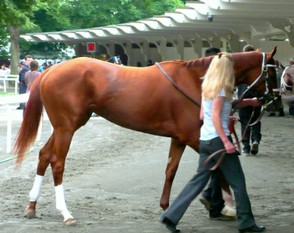
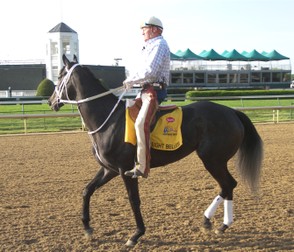
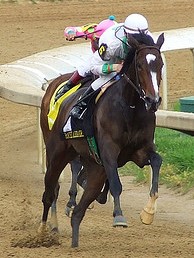
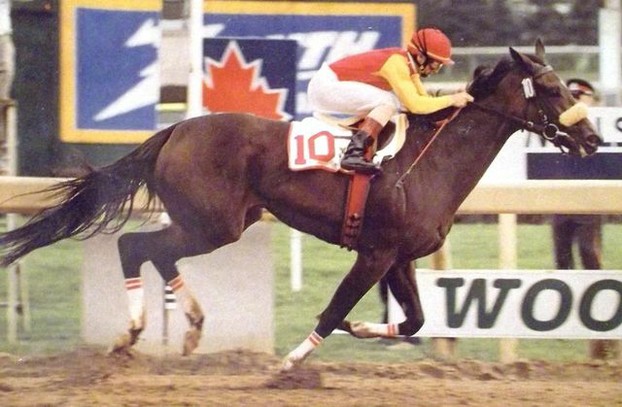
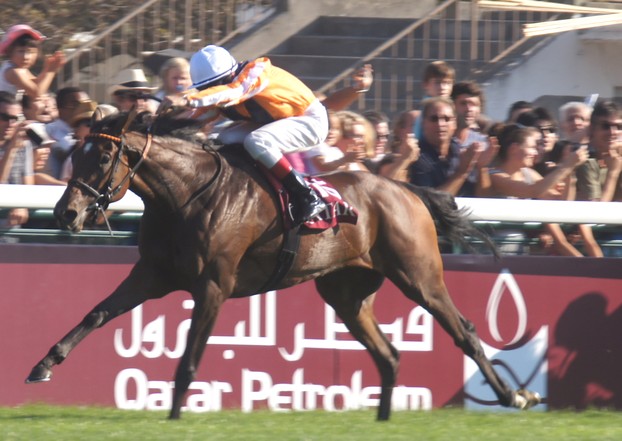
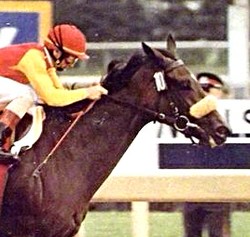

 Versatile Nova Scotia Duck Tolling Retrieverson 08/02/2014
Versatile Nova Scotia Duck Tolling Retrieverson 08/02/2014
 Should You Spay or Neuter Your Puppy?on 08/12/2014
Should You Spay or Neuter Your Puppy?on 08/12/2014
 Horse Racing History: the Preakness Stakeson 05/15/2014
Horse Racing History: the Preakness Stakeson 05/15/2014
 Dinosaurs Will Be On Display in Trenton, Ontario, Canadaon 07/29/2013
Dinosaurs Will Be On Display in Trenton, Ontario, Canadaon 07/29/2013
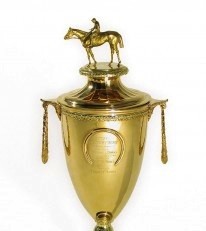
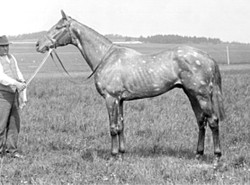
Comments